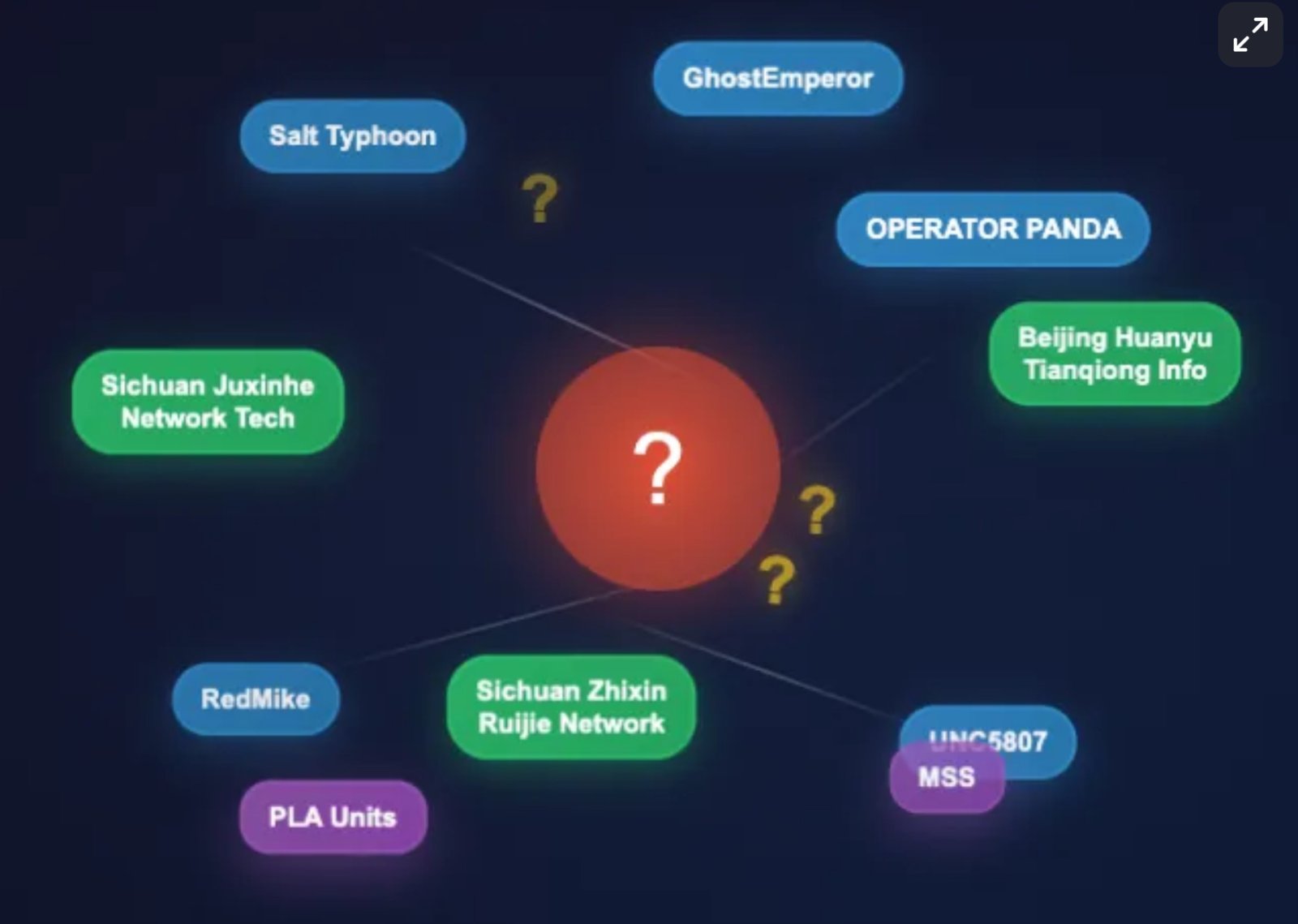Leading experts on the Satanism scare, David Frankfurter and Jean La Fontaine, debunked Kent’s theories. His rejoinder was not persuasive.
by Massimo Introvigne
Article 3 of 4. Read article 1 and article 2.
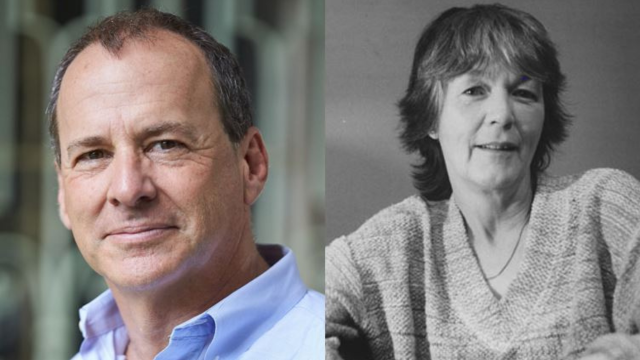
In the academic world, few things are more satisfying than a well-argued rebuttal—especially when it dismantles a theory built on shaky foundations. Stephen Kent’s writings on Satanic ritual abuse (SRA), particularly his claim that sacred texts have inspired real-world abuse through “deviant scripturalism,” have not gone unchallenged. Two of the most incisive critiques came from scholars David Frankfurter and Jean La Fontaine, whose responses exposed methodological flaws and questioned the premise of Kent’s work.
David Frankfurter, a leading scholar of ancient religion and ritual, responded to Kent in a 1994 article titled “Religious Studies and Claims of Satanic Ritual Abuse: A Rejoinder to Stephen Kent.” Frankfurter’s critique is both surgical and expansive. He begins by acknowledging the emotional weight of survivor testimonies but insists that scholarly analysis must be grounded in evidence, not empathy alone.
Frankfurter’s central objection is that Kent conflates mythic narratives with historical reality. “To concoct so many sources of ritual inspiration [for Satanic sexual abuse] without a shred of historical evidence for the rituals’ existence,” Frankfurter writes, “is not academic method but rather an exercise of the imagination. One might well compare Kent’s approach to those that seek to speculate on the motivations of alien beings for abducting humans in UFOs.” His comparison to UFO abduction theories is not merely rhetorical—it underscores the speculative nature of Kent’s work.
Kent’s theory of “deviant scripturalism” posits that fringe groups can use or misuse specific religious texts—particularly those involving incest, sacrifice, or divine violence—to justify abuse. But Frankfurter argues that this approach lacks historical grounding. Kent’s method, he counters, amounts to a kind of speculative anthropology, in which the mere presence of a mythic motif in scripture is taken as evidence of its enactment in ritual.
This is not just a methodological quibble. It strikes at the heart of Kent’s argument. By treating scriptural motifs as behavioral templates, Kent blurs the line between text and practice, belief and action. Frankfurter points out that such motifs are ubiquitous in religious literature, yet rarely—if ever—translated into ritual abuse. Historical data do not support the leap from narrative to crime.
Jean La Fontaine, whose government-commissioned report helped end the SRA panic in the United Kingdom, offered a similarly scathing critique. In her 1994 article in Religion, she dismantles Kent’s “anti-scholastic” claim that we should “believe the victims” and rely on the experience of “survivors” rather than on the academic study of social and religious phenomena. “If carried to its logical conclusion,” La Fontaine comments, “the argument would destroy the legitimacy of any academic discipline.” Instead, she denies the legitimacy of Kent’s approach.
La Fontaine is particularly critical of Kent’s attempt to validate the stories of four survivors. She notes that Kent admits no evidence emerged to support their claims and no prosecutions followed.
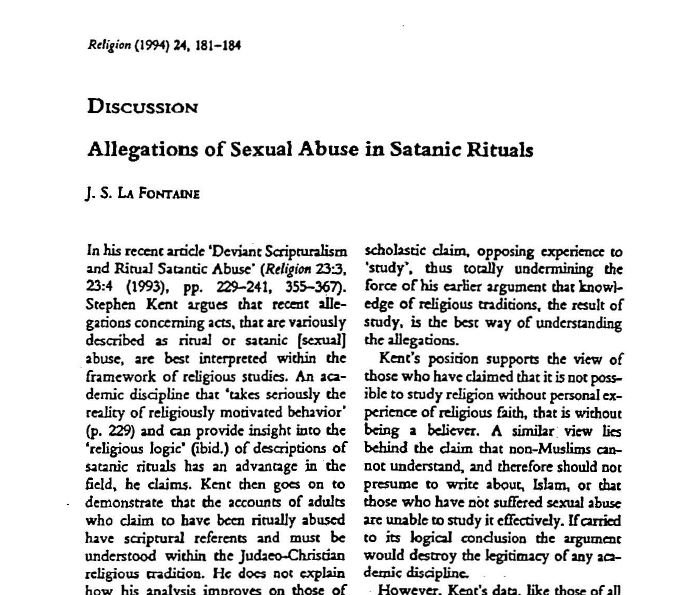
Kent responded to these critiques in a 1994 rejoinder, “Diabolic Debates: A Reply to David Frankfurter and J.S. La Fontaine.” In it, he defends his methodology and reiterates his belief that survivor testimonies, even if uncorroborated, deserve scholarly attention. He accuses his critics of dismissing lived experience and argues that the absence of physical evidence does not negate the possibility of abuse.
This is a familiar defense, often invoked in debates about trauma and memory. However, it sidesteps the core issue: the role of the scholar is not to validate belief but to interrogate it. Kent’s reliance on anecdotal evidence and his ideological stance against religion and “cults” compromise his objectivity. His work veers into advocacy, blurring the line between sociology and activism.
In a short answer to the rejoinder, Frankfurter appeared particularly disturbed by Kent’s personal attacks against leading scholars of memory. He wrote, “This recourse to ad hominem attack on scholars bespeaks a disturbing intellectual insularity—the formation of a sectarian ‘believers’ school’ unable to maintain communication with scholars who tackle these phenomena in the context of religious studies, history, sociology, or research psychology.”
In the broader field of the study of new religious movements (NRM), which he calls “cults,” Kent is part of a small coterie of scholars who separated from the academic community of NRM studies to form a niche group devoted to “cultic studies.” In the standard manual about the scholarly study of NRM, W. Michael Ashcraft writes that “cultic studies” were never accepted as “mainstream scholarship.” They continued as “a project shared by a small cadre” of activists, but not endorsed by “the larger academic community, nationally and internationally.” While some of its exponents have academic credentials and may occasionally publish in scholarly journals, Ashcraft notes, “cultic studies is not mainstream” (W. Michael Ashcraft, “A Historical Introduction to the Study of New Religious Movements,” London: Routledge, 2018, p. 9).
Answering Kent’s criticism of her rebuttal, La Fontaine evidenced a fundamental flaw of “cultic studies,” the idea that “survivors” and disgruntled ex-members should always be believed and privileged as the most credible source of information. “We would all agree that professional ethics require informants to be treated with consideration,” she wrote, “but this does not mean that every word they say must be accepted as the literal truth. If that were not so, then the analysis of social life would have no existence independent of the views of a particular set of informants. The reputation of social science rests, as it should do, on the intellectual probity of its arguments and the rigour of its methodology, not on an abdication of professional reasoning in favour of advocating belief in any emotional claims, however powerfully they may be presented.”
To be fair, not all of Kent’s historical references are baseless. As I argued in my book “Satanism: A Social History” (Leiden: Brill, 2016), some precedents he cites—such as the Black Masses at the court of Louis XIV—contain kernels of truth. Many scholars have dismissed these events as inventions of the police and judiciary, designed to discredit political enemies. But I disagree. Drawing on the archival work of Lynn Wood Mollenauer, whose book “Strange Revelations: Magic, Poison, and Sacrilege in Louis XIV’s France” remains a landmark study, I concluded that, beyond the exaggerations and political hype, some rituals may indeed have taken place.
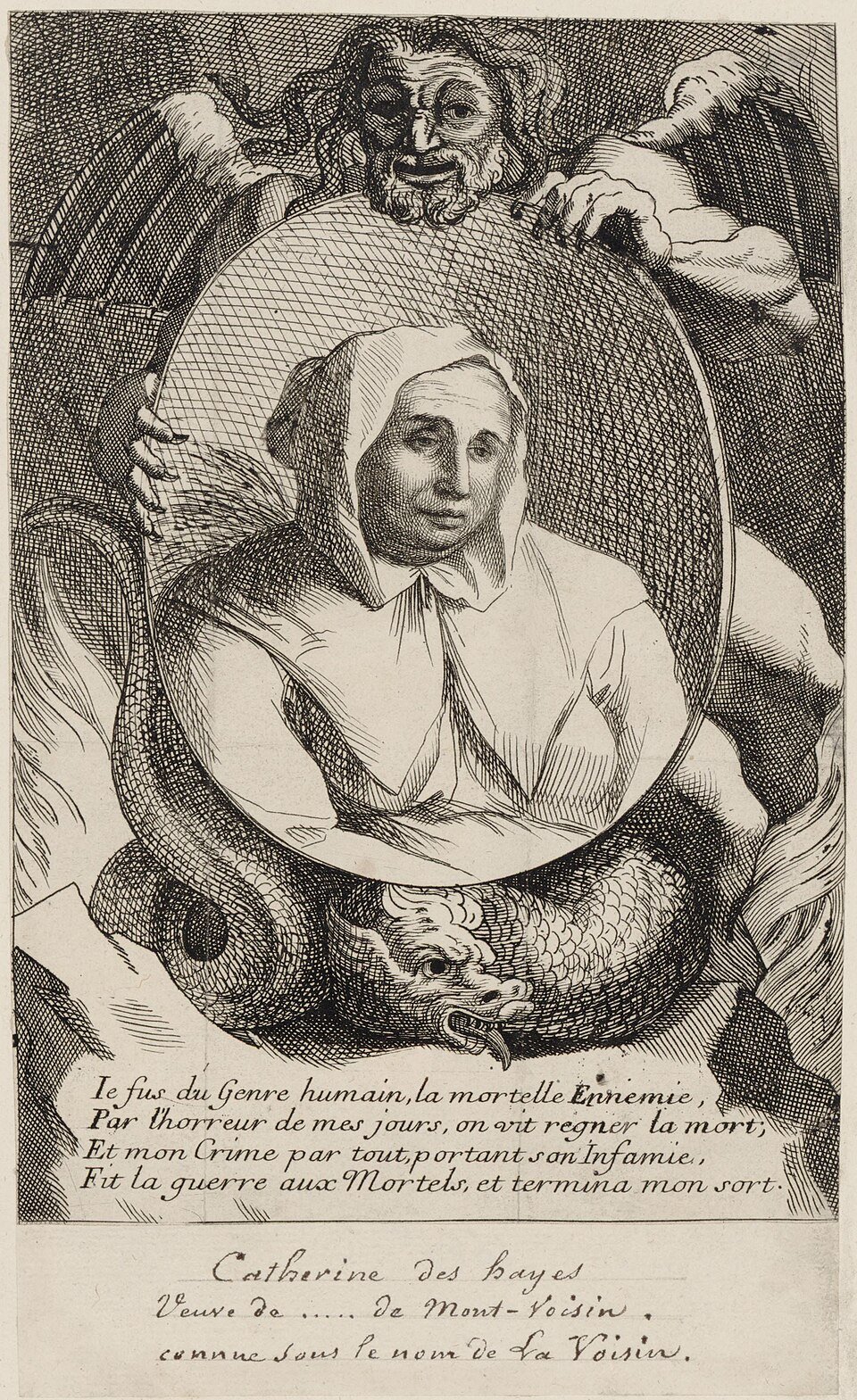
However, even in this case, Kent’s interpretation falters. Mollenauer’s research shows that these rituals were rooted in folk magic and opportunism, not in Satanic cults with coherent ideologies. Defrocked priests offered clandestine rites to aristocrats seeking worldly benefits—love, power, fertility—not to enact theological rebellion or abuse children. The context was transactional, not doctrinal. Kent’s extrapolation from these and other events to modern Satanic ritual abuse theories is not supported by the evidence.
This distinction is crucial. It is one thing to acknowledge that isolated incidents of ritualistic crime have occurred throughout history. It is quite another to posit a transhistorical network of Satanic abusers inspired by sacred scriptures. The former is a matter of criminal pathology; the latter is a conspiracy theory dressed in academic garb.
Kent’s critics are not denying the possibility of abuse. They are challenging the framework through which it is understood. By attributing abuse to religious texts and “generational” secret societies, Kent shifts the focus from individual pathology to institutional culpability and promotes the belief in ancient and secret networks whose existence has never been proved.
Frankfurter and La Fontaine’s warnings remind us that scholarship must be grounded in evidence, tempered by skepticism, and aware of its social consequences. Kent’s work, while provocative, fails on all three counts. It offers a theory of abuse that is imaginative but unsubstantiated, ideological but uncritical. In doing so, it risks repeating the very errors it seeks to expose.
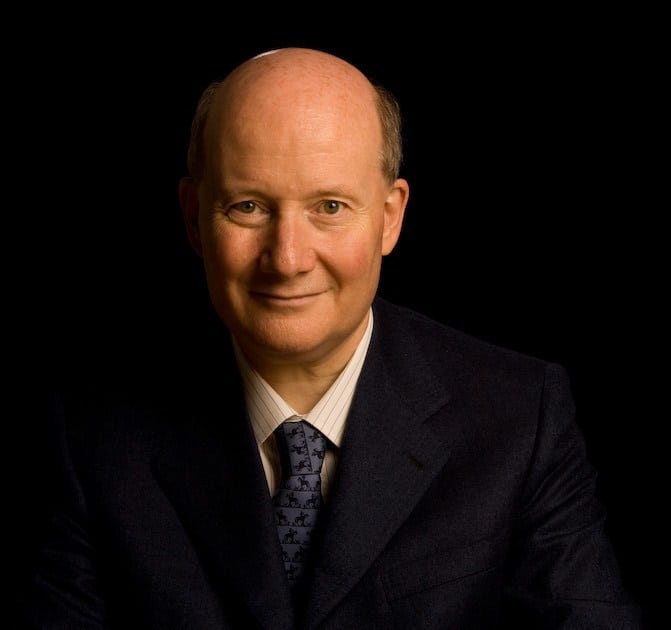
Massimo Introvigne (born June 14, 1955 in Rome) is an Italian sociologist of religions. He is the founder and managing director of the Center for Studies on New Religions (CESNUR), an international network of scholars who study new religious movements. Introvigne is the author of some 70 books and more than 100 articles in the field of sociology of religion. He was the main author of the Enciclopedia delle religioni in Italia (Encyclopedia of Religions in Italy). He is a member of the editorial board for the Interdisciplinary Journal of Research on Religion and of the executive board of University of California Press’ Nova Religio. From January 5 to December 31, 2011, he has served as the “Representative on combating racism, xenophobia and discrimination, with a special focus on discrimination against Christians and members of other religions” of the Organization for Security and Co-operation in Europe (OSCE). From 2012 to 2015 he served as chairperson of the Observatory of Religious Liberty, instituted by the Italian Ministry of Foreign Affairs in order to monitor problems of religious liberty on a worldwide scale.



